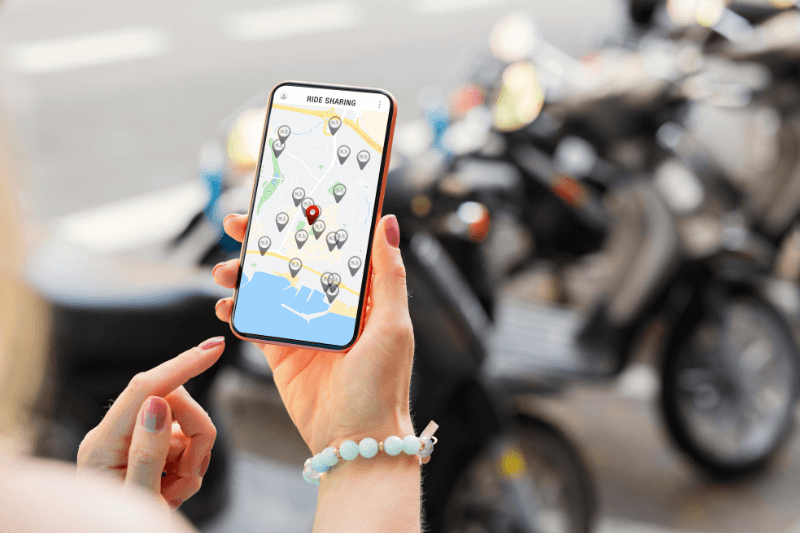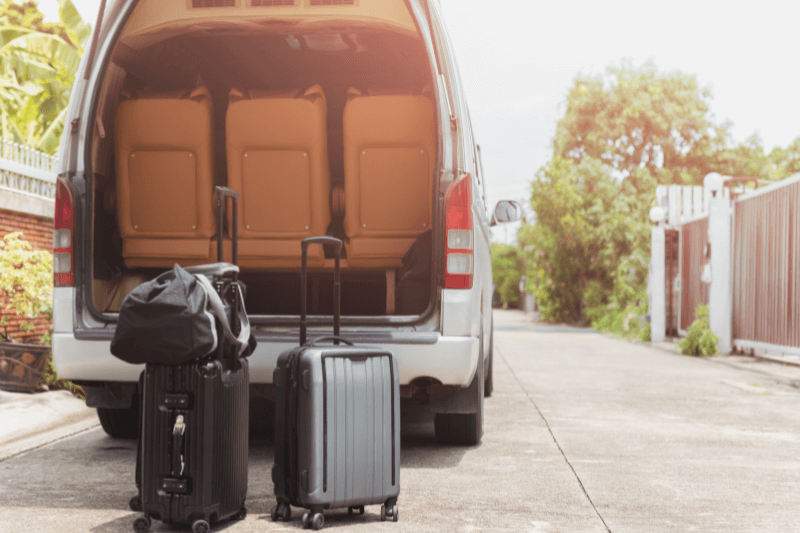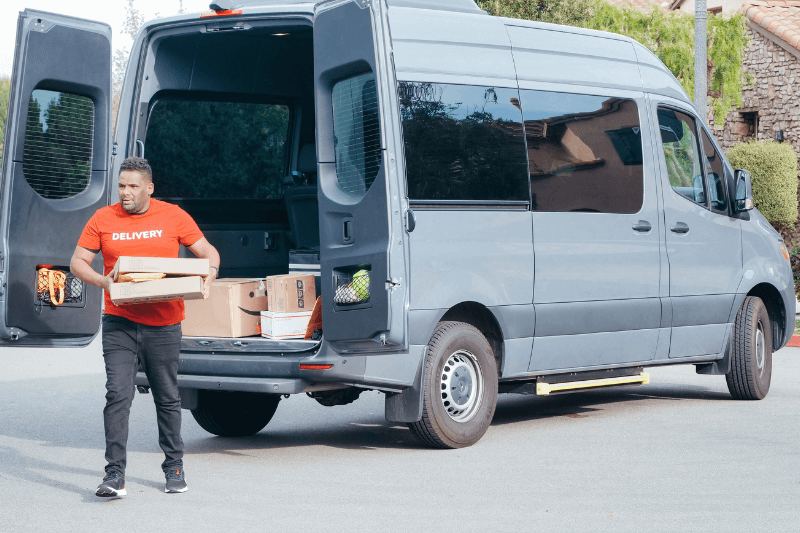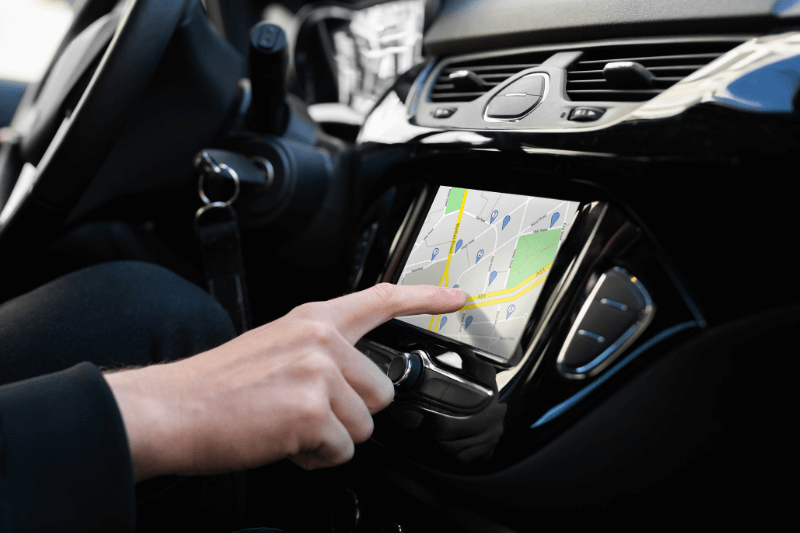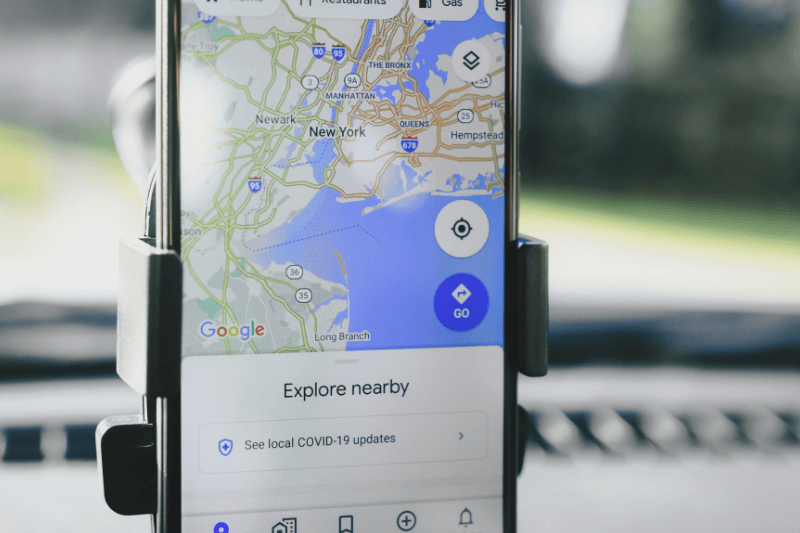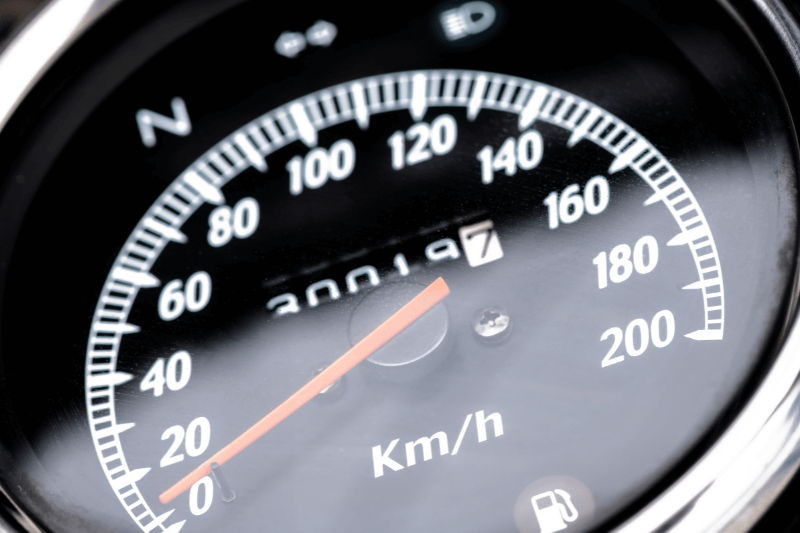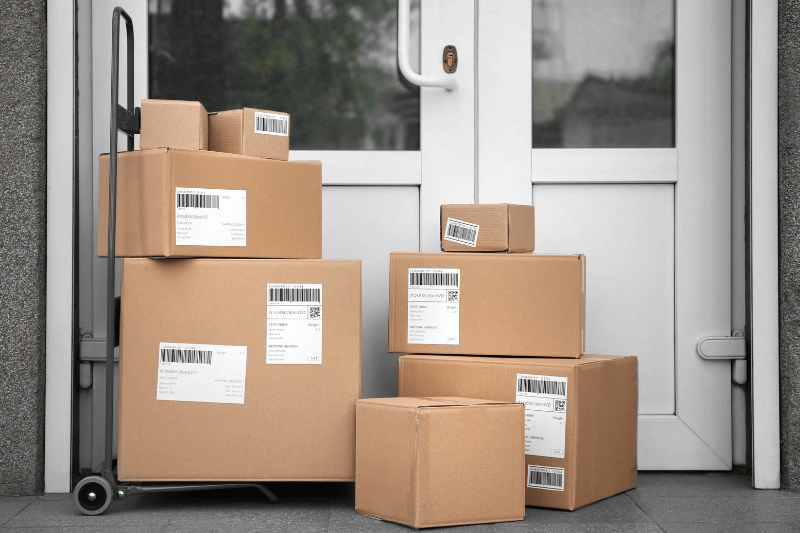Disaster Aid – Guidelines & Getting Relief to the People
October 06, 2016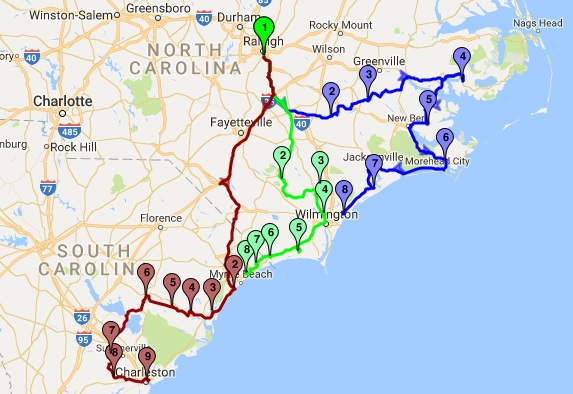
On the heels of hurricane season where we saw Matthew wreaking havoc through the Bahamas and up the east coast of the United States, many city councils face the daunting task of getting aid to their communities. So many people rise to the occasion in times of disaster, wanting to help those in need while those affected are deeply grateful for any helping hand. But there are big challenges facing disaster relief organizations and that is how to best serve the affected areas.
Guidelines for Giving Aid
So many amazing people and fantastic organizations race to disaster sites to offer any assistance possible. Canned food drives, collection sites, private companies who rally employees to help out fellow communities affected by disasters – all of these are great however the collection part is merely the tip of the process. Getting the aid into the hands of the victims is not as easy task as you may think.
First, it is critical to assess what is needed. City Council members and other community leaders who are in the area, affected by the disaster are the best resources. The recommendation in any disaster situation is cash donations. Cash donations allow victims to purchase what they need.
For example, during the Louisiana floods in August 2016, people fled their homes as flash floods roared through neighborhoods. Some were able to pack meager belongings but many lost everything except for the clothes on their back. Sending those victims canned goods may seem like a great idea because food is one of the basic needs for all humans, however they had no can opener to open it, no pot to cook it in and chances are, no stove on which to cook it.
Cash donations are the most useful for other reasons as well. If your neighborhood gets together and collects canned food for a disaster relief, who are you going to send it to? Often times organizations who are in the heart of these chaotic scenes are so busy helping the injured and displaced, they do not have time to receive, sort and store food items. Or if they do, they are being taken away from more critical tasks at hand.
If you do have a contact and you know specifically what is needed to help the victims, certainly go ahead and deliver those items. But only once you have confirmed with someone in charge in the disaster relief area that your donations are needed, welcomed and people are able to distribute them.
Getting Relief to the People
There is nothing worse than sending pallets of food and supplies to a community trying to recover from a major disaster only to have it sit on the tarmac at an airport with no one to pick it up and distribute it. This is why it is essential to coordinate non-cash donations with disaster relief organizations or directly with City Councils.
When Hurricane Matthew made landfall in the Carolinas, high winds, storm surge and almost a foot of rain was slammed into some coastal areas such as Tar Heel and Fayetteville, North Carolina. Over 800 people needed to be rescued and homes were flooded for days after, thanks to the rising rivers. City Council members were desperate to help their communities but with roads flooded and communities devastated, it was not easy.
Every community has a disaster plan and included in this plan are central locations where victims can gather and shelter or collect aid in the form of cash, food and clothing. The City Council releases these sites to organizations like the Red Cross so the community will have aid as soon as they arrive to these sites. Getting help fast is important and where many relief organizations aren’t familiar with the ins and outs of the area, they can use a Route Planner like MyRouteOnline to help plan their routes to relief centers. With the ability to input over 300 addresses, hands-free easy to use program on your smartphone, MyRouteOnline can help get the aid safely and quickly to disaster victims.
One of the best benefits of the program is the ability to set it all up from one headquarters which gives one command post the capability of making changes on the fly and loading the information to the program. The drivers can get any route changes on the smartphones, and not worry or stress about figuring it out on their own in the middle of a chaotic situation.
There are enough challenges to manage in disaster situations as we have learned from Hurricane Sandy, Andrew, Charlie, Matthew, the Louisiana floods and so many more. Know what the community needs before sending goods and always send cash when possible. City Councils can take comfort in knowing MyRouteOnline is there for them to use and direct relief aid to their community without worry.
